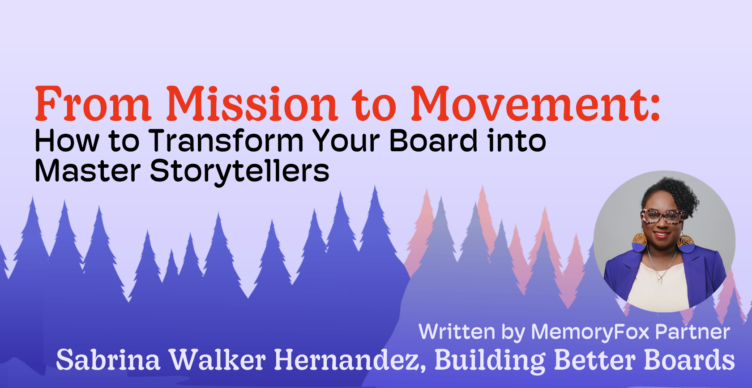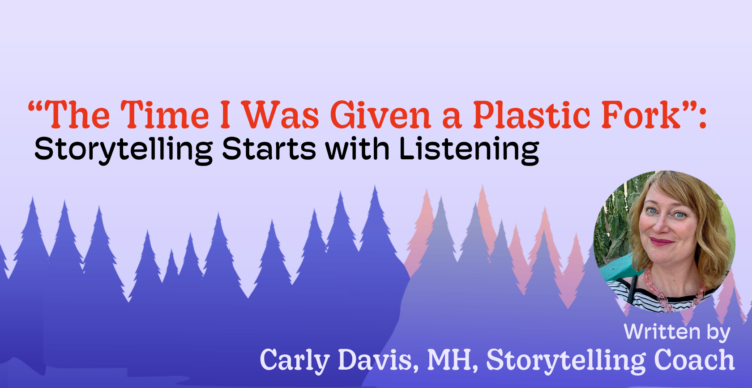How to Build a Market Landscape to Discover Key Insights

We all want to make better decisions as we reach out to those we serve and understand the competitive landscape. Building a market landscape allows nonprofits marketers to identify the key players in our field, map their geography, and analyze their work. By understanding the circumstances and the broader context in which you operate, you can optimize your impact and identify new marketing strategies.
What is a Market Landscape?
A market landscape is a structured way of identifying key players and mapping their strengths, relevant characteristics, and outreach strategy. To complete this process, you perform a detailed investigation into your competitors’ services, programs, marketing and communications design, community outreach, messaging, and more.
How to Use the Methodology
1. Identify Your Objectives and Scope of Market Landscape
Before starting your research, ask yourself the following questions to inform your landscape mapping:
- What is the goal of your marketing landscape?
- What are the key questions you want your marketing landscape to answer?
- What organizations should be included or excluded?
- What approach will your research take? (interviews, online research, etc.)
2. Outline Key Factors and Dimensions for Research
Decide on the critical information you want to gather and the key data points you want to collect on each competitor. Consider the following factors when you conduct targeted research:
- Geographic focus
- Organization size
- Type of organization
- Services and programs
3. Gather Information and Complete Research
Once you have your goals set and the scope of the research, you can start diving in to gather data. Be sure to consider several different research methods when you begin. You can complete an informational interview with key stakeholders, review their website and social media, talk with clients and board members, read articles, join their email list, and more. Make sure you are collecting all of the relevant information to assemble your market landscape.
Consider the following questions as you gather your data:
- Where are they focusing their marketing efforts?
- How are they engaging with their target customer?
- What call-to-actions are they using?
- What are they highlighting on their website and social media platforms?
- What language are they using? Is there a word or a phrase that stands out to you or is used consistently?
4. Analyze Findings and Share Implications
After gathering all of your data, begin to synthesize your findings. Identify where your organization is unique or where you can improve. Your final market landscape presentation should tell the story of your research, evaluate findings, and demonstrate learnings and opportunities. Share this research with your team and organization leadership to guide your marketing and communications strategy.
Building a market landscape is a continuous process. The environment continues to change, and new players come onto the scene, affecting how the environment looks and the opportunities your organization has. By completing this process, it will help you to continue to think proactively and keep you aware of how other organizations are operating.
Want to have more nonprofit marketing tips and best practices sent straight to your inbox? Sign up for our monthly newsletter! Don’t worry, we won’t bombard your inbox.




